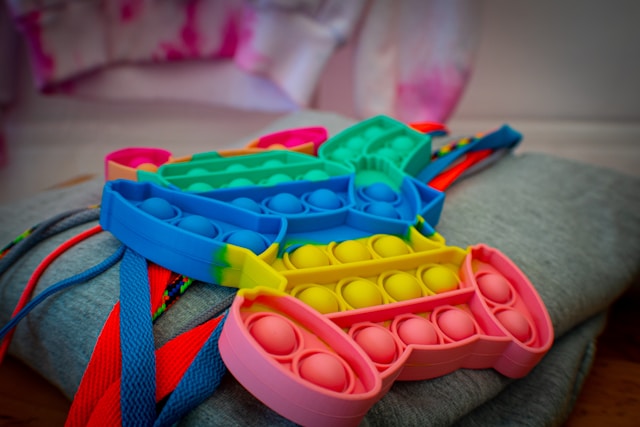People with ADHD usually fidget when participating in different activities. However, fidgeting does not always mean that someone is distracted or not paying attention. ADHD patients can sometimes fidget as they try to stay focused, but the task they are focusing on isn’t providing their brain with enough stimulation. So, what causes fidgeting, and how can affected patients meet their brain needs for stimulation without creating further distraction for themselves or others? Here’s what everyone needs to know about this condition.
What Causes Fidgeting for People With ADHD?
People with ADHD are usually restless when participating in mundane or repetitive tasks that don’t have an immediate payoff. The delay in completing these tasks sometimes makes it challenging to stay focused, forcing patients to give up before achieving their goals. This premature surrender can lead to feelings of frustration and inadequacy, potentially exacerbating symptoms of ADHD and hindering overall productivity and self-esteem.
People who fidget when doing unstimulating tasks should seek professional help to increase sensory stimulation, resist impulses, and complete daily activities in less time. However, ADHD treatment san diego can teach ADHD patients how to focus better and the best ways to manage the problem. Reputable institutions run professional programs that include medication, education, skill training, and psychological counseling. These treatments help patients to more effectively manage ADHD symptoms, increasing their concentration even when handling unstimulating tasks.
Which Are the Best Stimulating Tactics for People With ADHD?
Professionals recommend different constructive fidgeting and stimulation tactics to help ADHD patients focus better on under-stimulating tasks. One of them is adding non-distracting stimulation to tedious tasks. Experts recommend this to change the environment to be more exciting and enjoyable, eliminating boredom when participating in repetitive activities. They usually advise ADHD patients to work outside in a park or at a cafe, put on ambient noise recordings when working or reading, or decorate their workplace to make it more visually attractive. Inviting friends, co-workers, or classmates to study meetings or requesting their help in completing projects can also make environments more stimulating.
Discreet Ways to Fidget
People with ADHD should also find discreet ways to fidget when others are around. First, they need to disclose their neurotype to people close to them. Disclosing their ADHD problem can help them get social support and advice on better coping skills that can help them improve their focus. Some alternative ways to fidget include fidgeting with hands out of sight, preferably with smooth rock or stress balls inside the pocket. They can also wear textured clothes and brush their fingers over them. Additionally, they can wiggle or flex their toes inside their shoes or tap their fingers on their leg instead of on a desk.
Some tedious tasks can be boring to do on their own, and it might be challenging to maintain focus when tackling them. Therefore, people with ADHD should combine them with listening chores to make them more enjoyable. They can also learn hobbies to help them reduce boredom when handling under-stimulating tasks. They include painting, sewing, gardening, cooking, and other hobbies that can keep hands busy. Exercising before handling boring tasks can also help improve focus and reduce the need to fidget. ADHD patients can walk, do aerobic exercises, do household chores, or do any other activity that makes them feel good.
Fidgeting is a mechanism for staying focused. Therefore, ADHD patients should not worry too much about how to stop it. Instead, they should get professional help to learn constructive fidgeting and stimulation tactics. This way, they can meet their brain’s needs for stimulation without distracting themselves or others.

